Rigidity
What is Rigidity?
Rigidity refers to a condition characterized by an increased resistance to passive movement, which remains constant regardless of the position or velocity of the movement. This type of muscular hypertonia is distinct from other forms of muscle stiffness, such as spasticity, where resistance varies with the speed of motion.
Many authors use the term “rigidity” to refer to a usual condition of muscular tone in which there is resistance to passive movement regardless of position or velocity.
It is typically seen in extrapyramidal conditions and is one of the hallmarks of Parkinson’s disease. It has an equal impact on the muscles of the antagonist and the agonist.
One example of this is,
- Parkinson’s Disease
- Corticobasal Degeneration
- Huntington’s Disease
- Multiple System Atrophy
- Stiff Man/limb Syndrome
- Niemann-Pick Disease – Type A
- Orthostatic Hypotonia Shy-Drager Disease
- Spinocerebellar Ataxia – type 43, 17, 2.
Definition
A hypertonic condition known as rigidity is defined by constant resistance throughout the range of motion that is unaffected by movement velocity. Alpha motor neurons are the target of excessive supraspinal drive; spinal reflex systems are normally functioning. Tendon jerks with Parkinsonian stiffness are usually typical.
Hypertonia is defined as a state in which each of the following is true:
- There is resistance to externally forced joint movement even at extremely low (gentle) movement rates; it is independent of the imposed speed and does not show an angle or speed limitation.
- It’s possible for agonists and antagonists to simultaneously co-contraction, which manifests as an instantaneous resistance to a change in movement direction inside a joint region.
- The limb does not frequently revert to an excessive joint angle or one specific stationary position.
- Although stiffness may develop, voluntary exercise in distant muscle groups does not cause involuntary movements around the rigid joint region.
Related Anatomy
A collection of subcortical nuclei known as the “basal ganglia” are mostly in charge of motor control activities, but they also play a part in other roles and functions including motor learning, executive functions and behaviors, and emotions. The conventional basal ganglia model illustrates how information passes through the brain and returns to the cortex through two distinct pathways that result in differently performed movements.
Pathology
Alpha motor neurons are the target of excessive upper motor neuron facilitation, which causes rigidity; spinal reflex mechanisms are often normal. The regular reciprocal inhibition is disturbed. An imbalance between inhibition and excitement in the motor cortex and basal ganglia can cause anomalies in posture and related activities, as well as symptoms and indications of involuntary movements and tight muscles. However, stiffness and tremor—the other two hallmarks of Parkinson’s disease—cannot be sufficiently explained by the pathophysiology of the basal ganglia as it is now understood.
Rigid muscles can result from a number of reasons, some of which are criteria –
- the patient’s incapacity to relax and totally stop using any muscles
- increased stiffness as a result of all muscles’ changed elastic characteristics
- abnormal agonist-antagonist muscle group co-activation
- increased elasticity reflexes
- reduced amounts of dopamine
Types of Rigidity
Parkinson’s disease rigidity can be described as “cogwheel rigidity” or “lead pipe rigidity.”
- Cogwheel rigidity, which is typically observed in upper extremity motions such as wrist/elbow flexion and extension, is a hypertonic condition with superimposed ratchet-like jerkiness. The stiffness of a cogwheel is a hybrid of tremor (shaking) and lead-pipe rigidity.
- Lead Pipe Rigidity: This term describes the hypertonic condition that occurs throughout the range of motion (ROM), which is the simultaneous co-contraction of agonists and antagonists. It is characterized by an instantaneous resistance (load) to a reversal of movement about a joint region.
Different between lead pipe rigidity & cogwheel rigidity :
A consistent resistance to motion over the whole range of motion is referred to as lead pipe stiffness.
The resistance that fluctuates in intensity as the limb moves through its range of motion is referred to as cogwheel stiffness.
Difference Between Spasticity and Rigidity
Usually occurring only when muscles are stretched, or not at rest, spasticity is characterized by increased tendon reflexes and a Babinski’s sign reaction. Resistance in one direction of movement is typically different from that in the opposite direction, and some patients may exhibit the Clasp-Knife phenomena (sudden release at end ROM).
Even while at rest, stiffness is characterized by elevated muscle tone, which is often observed during passive range of motion (ROM) in all directions across individual joints. Both the tendon and plantar reflexes are normally functioning. There isn’t any cooperation.
What is the Cause Of Rigidity?
- Stress is frequently the cause of muscle stiffness.
- A prevalent disease that causes pain and stiffness in older persons is polymyalgia rheumatica.
- weariness and unexplained weight loss.
- Reduced dopamine levels are considered to throw off the balance of Parkinsonism patients, causing their muscles to contract and relax in response to different movements.
What Are The Symptoms Present in Rigidity Muscles?
- muscles that are rigid or stiff.
- pains and spasms in the muscles.
- turning when walking, turning in bed, and getting out of a chair or bed might be difficult.
- The etiology of cogwheel stiffness is thought to be a mix of increased tone and tremor.
- Joint pain may be linked to rigidity.
Diagnosis
Physical Examination
With one hand, the observer should hold the patient’s hand above the wrist and hold it there. He spins the hand gently along its long axis while holding the fingers and palm in another hand. During the activity, the examiner will encounter resistance if there is stiffness.
The observer will perceive an interruption or repeated catch if the cogwheel phenomenon is positive; if it is present throughout the action without any disturbance or change in velocity, it is lead-pipe stiffness. Only unilateral stiffness that may be compared to the contralateral side during an examination is often observed in cases with idiopathic Parkinson’s disease.
Treatment of Rigidity
Medical treatment
Levodopa (L-Dopa) treatment for Parkinson’s disease in these different combinations is very beneficial in lowering stiffness and bradykinesia.
It has been demonstrated that deep brain stimulation in the globus pallidus and subthalamic nucleus improves rigidity.
Physical Therapy Treatment of Rigidity
Most patients respond better to therapy when stiffness is decreased early in the session. Therefore, when movement therapy is administered during the “on” period of a pharmaceutical cycle, it seems to have even more long-lasting effects.
Relaxation techniques, such as slow, moderate rocking, trunk, and extremity rotation, and yoga poses, seem to be helpful in lowering stiffness. Because supine postures might make people more stiff, it may be easier for people with Parkinson’s disease to relax when they are sitting or standing. Relaxation may be more easily attained by moving from the distal to the proximal group of muscles, as the proximal muscles are often more involved.
- Exercises with rhythm have been demonstrated to reduce stiffness. For example, clapping your hands and circling with your feet or hands.
- To assist in relaxing the tense muscle region, apply a warm compress or heating pad to the affected muscle.
- To aid with muscular relaxation, gently stretch any tense muscles.
- Keep away from demanding activities that might cause the muscles to stiffen up again.
- To assist your stiff muscle relaxation, gently stretch it.
- Keep away from demanding activities that might cause the muscles to stiffen up again.
- Gentle rocking exercises and gentle, rhythmic rotating exercises.
- rhythmic initiating method wherein movements go from being passive to being helped and active.
- Slowly rotate your head from side to side while supine.
- Lower trunk rotation in hooking.
- Rotate your trunk upper and lower when you’re sideways.
Relaxation & Stretching exercise :

- Easy rocking exercises and gentle, rhythmic rotation exercises.
- Rhythmic initiating technique that advances passive movement into active, supported, and active movement.
- When lying down, slowly rotate your head from side to side. Reduce trunk rotation activity during hooking.
- Rotation of the upper and lower trunk during side laying.
Balance training

Develop reactive joint stability, dynamic neuromuscular efficiency, and high levels of eccentric strength.
Programs for balancing training aim to:
- Develop better balance control with each step, which will increase walking speed, lessen fear of falling, and enhance fall-related self-efficacy.
- Increase physical performance
- Improve living standards
Gait Training
The workouts target your lower extremity joints (hip, knee, and ankle), enhance your strength and balance, and simulate the repeated action of your legs when walking.
Exercise for Gait Training
- use a treadmill to walk.
- raising your limbs.
- Taking a seat.
- Getting up.
- stepping on objects.
FAQs
What is health is rigidity?
Definition. continuous, involuntary contraction of muscles that is ongoing. No matter how quickly the damaged muscle is stretched, the degree of resistance is constant when it is passively extended.
What distinguishes stiffness from rigidity?
A quality of matter that keeps it from altering form in response to an external force is known as rigidity in physics. “Rigid bodies” are bodies that exhibit the quality of rigidity. They are distinct in size and form and are hard, solid items.
How is rigidity measured?
Three methods were used to objectively evaluate rigidity: inertial sensors, servomotors, and biomechanical and neurophysiological studies of muscles. All of the techniques demonstrated strong validity and reliability, a strong association with clinical scales, and the capacity to identify stiffness and track its development.
Which two types of rigidity are there?
Lead pipe and cogwheel stiffness are the two varieties. A consistent resistance to motion over the whole range of motion is referred to as lead pipe stiffness. The resistance that fluctuates in intensity as the limb moves through its range of motion is referred to as cogwheel stiffness.
Mental rigidity: what is it?
Similar to repressing ideas, mental rigidity involves limiting the range of ideas and feelings you let yourself. You deny yourself the right to experience such joy or sorrow.
What does the medical term “rigidity” mean?
Definition. A hypertonic condition known as rigidity is typified by unchanging resistance over the whole range of motion, regardless of the movement’s velocity. Alpha motor neurons are the target of excessive supraspinal drive or upper motor neuron facilitation; spinal reflex mechanisms are usually normal.
Physical rigidity: what is it?
Your muscles feel rigid and automatically tighten when they are rigid. Your neck, back, arms, legs, and even the tiny muscles in your face might all experience it. While some individuals only feel it on one side of their body, others feel it on both.
What is the best way to handle rigidity?
To assist in relaxing stiff muscles, apply a warm compress or heating pad to the affected area. To assist your stiff muscle relax, gently stretch it. keep away form demanding activities that might cause the muscle to stiffen up again. using massage, tai chi, or yoga to encourage the muscles to become more relaxed.
High rigidity: what is it?
Less Elastic Deformation in Rigidity as Compared to Metals
The term “advanced ceramics” refers to fine ceramics because of their high stiffness, which may be assessed by examining a specimen’s elasticity upon the application of a load. Rigidity is higher in materials that show less elastic deformation under stress.
Is being rigid typical?
If a person’s father, supervisor, or instructor exhibited rigidity toward them, for instance, it might be a taught behavioral characteristic. Rigidity has a hereditary component and is linked to diseases on the autistic spectrum.
What do rigidity and stiffness mean?
Stiffness, another name for rigidity, is an elasticity parameter that expresses a material’s resistance to long-term deformation.
Simple rigidity: what is it?
A material is said to be rigid when its constituent particles are fixed in place. The ability of a solid to maintain its form in the face of external force application is known as rigidity. Rigidity is simply the state of being stiff.
How does one define rigidity in medicine?
Muscles that are rigid are inflexible or stiff. It may prevent your muscles from extending and contracting, which may result in pain, cramping, and issues with equilibrium. Your muscles may be too tight and stiff to allow you to swing your arms freely if you suffer from stiffness.
What does it mean for someone to be rigid?
rigidity or inflexibility, especially in the case of muscles. a personality characteristic defined by a great unwillingness to change one’s actions, beliefs, or attitudes, or by an incapacity to do so.
What rigidity do you mean?
Rigidity and inflexibility are similar terms that characterize unyielding, rock-solid individuals and materials. definitions of inflexibility. the quality of being unyielding and unbending physically. synonymous with: inflexibility. kinds include rigidity and rigidity.
References
- Rigidity. (n.d.). Physiopedia. https://www.physio-pedia.com/Rigidity
- Patel, D. (2022, August 19). Rigidity Cause, Symptoms, Treatment, Exercise | Samarpan Physio. Samarpan Physiotherapy Clinic. https://samarpanphysioclinic.com/rigidity-treatment-exercise/
- Dhameliya, N. (2022, August 19). What are Spasticity and Rigidity? Spasticity – Rigidity Comparison-Treatment. Samarpan Physiotherapy Clinic. https://samarpanphysioclinic.com/spasticity-rigidity

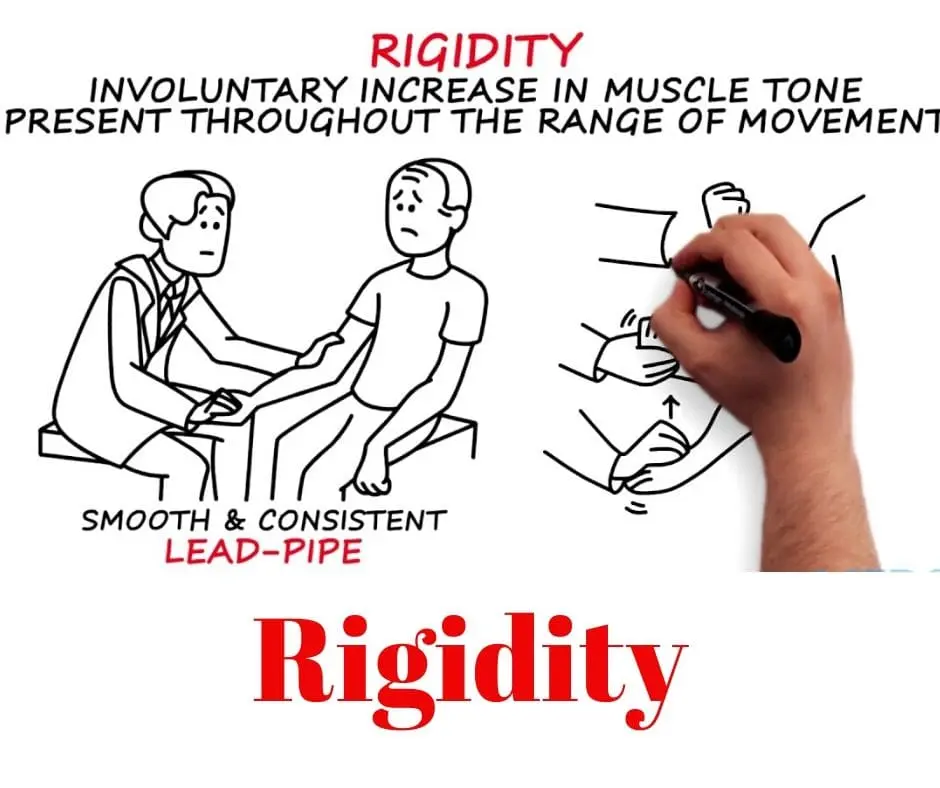
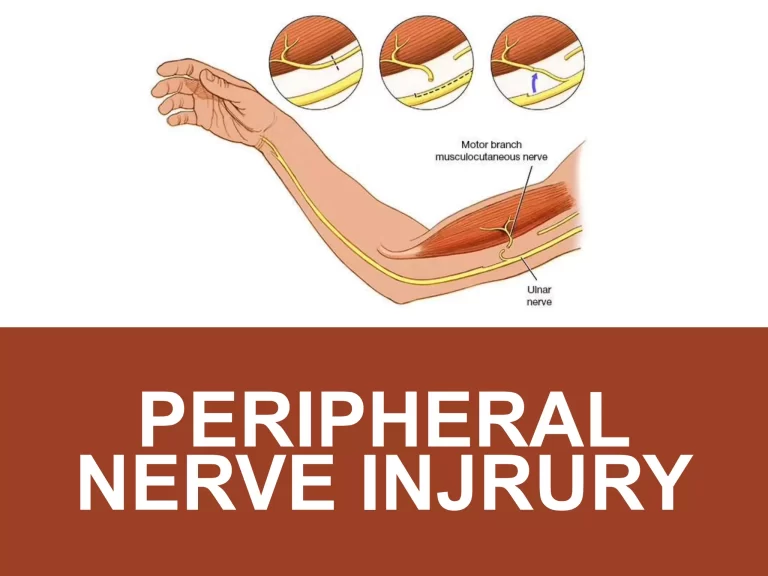
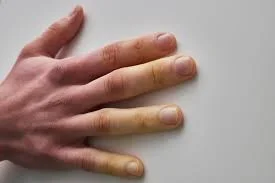
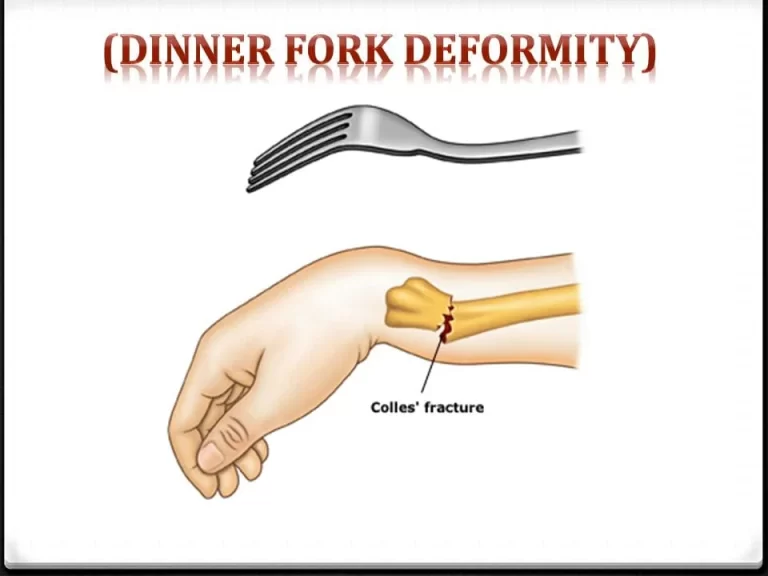

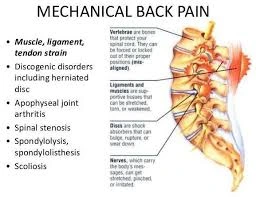
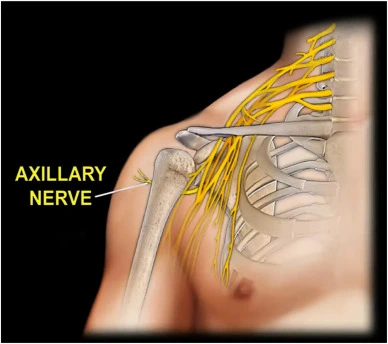
4 Comments